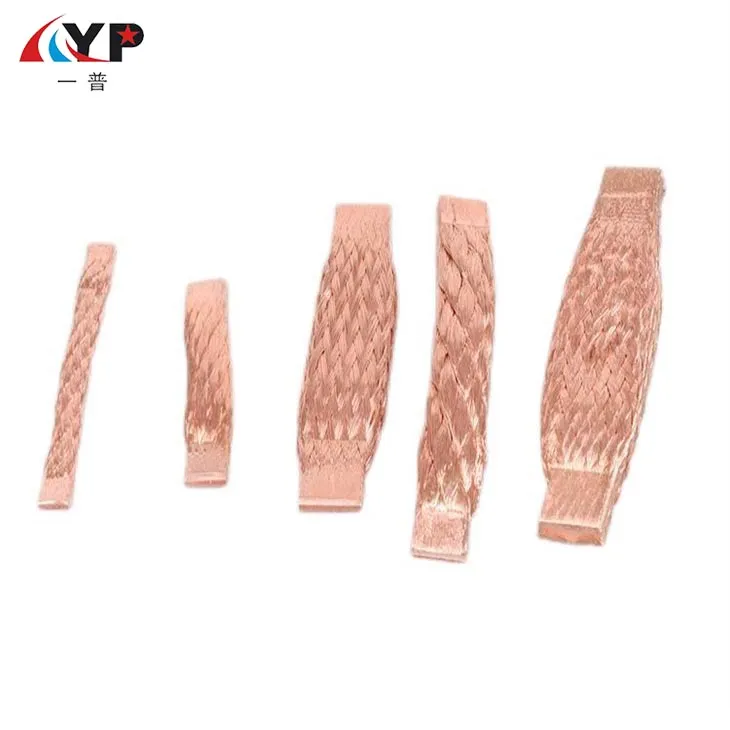What's The Properties of Copper Braided Wires
2024-11-07
Copper braided wires are flexible electrical conductors made from small strands of copper wire braided together. They are commonly used in applications that require flexibility, durability, and efficient electrical conductivity. Here’s an overview of the properties, types, applications, and benefits of copper braided wires:
Properties of Copper Braided Wires
1. High Electrical Conductivity: Copper is an excellent conductor of electricity, making it ideal for applications requiring low resistance.
2. Flexibility: The braided construction allows these wires to bend and flex without breaking, which is beneficial in applications with moving parts or vibration.
3. Corrosion Resistance: Copper braided wires, especially when tinned or coated, resist oxidation and corrosion, extending their lifespan in various environments.
4. Thermal Conductivity: Copper’s high thermal conductivity helps dissipate heat, reducing the risk of overheating in electrical systems.
5. Mechanical Strength: The braided structure adds mechanical strength, helping the wire resist wear and tear from frequent motion or vibrations.
Types of Copper Braided Wires

1. Bare Copper Braided Wires: Made from pure copper strands, providing maximum conductivity but less resistance to corrosion compared to tinned options.
2. Tinned Copper Braided Wires: Copper strands are coated with a thin layer of tin to enhance corrosion resistance, especially useful in humid or corrosive environments.
3. Silver-Plated Copper Braided Wires: Silver plating provides higher conductivity and superior corrosion resistance, often used in high-frequency or high-temperature applications.
4. Insulated Copper Braided Wires: Encased in an insulating material, typically PVC or silicone, to provide electrical insulation and added durability.
5. Flat Braided Copper Wires: Often used as grounding straps, these are flat and wider than standard round braids, providing a large surface area for grounding purposes.
Applications of Copper Braided Wires
1. Electrical Grounding: Widely used as grounding straps in electrical installations and machinery to safely transfer electricity to the ground.
2. Automotive and Transportation: Common in vehicle battery cables, grounding, and in areas requiring flexibility to handle vibrations.
3. Telecommunications: Used in shielding for cables, where the braided design helps reduce interference from external electromagnetic signals.
4. Aerospace and Military: Copper braided wires are utilized in aircraft and military equipment for their durability, flexibility, and resistance to extreme conditions.
5. Power and Distribution Systems: Applied in substations and switchgear systems as flexible connectors, enabling easy handling of current flow between components.
6. Consumer Electronics: Found in various devices where flexible and durable conductive materials are needed.
Advantages of Copper Braided Wires
- High Flexibility: Ideal for applications with moving parts or vibrations.
- Excellent Conductivity: Copper provides low electrical resistance, enhancing energy efficiency.
- Durability: Braided wires resist mechanical stresses and are more durable than solid wires.
- Thermal Management: Copper's thermal conductivity helps dissipate heat, reducing overheating risk.
- Corrosion Resistance: Tinned and silver-plated copper options resist corrosion, increasing lifespan in adverse conditions.
Summary
Copper braided wires are versatile, durable, and efficient conductors ideal for applications requiring flexibility, conductivity, and resistance to mechanical stresses. Used in grounding, shielding, power distribution, and more, they offer an excellent combination of properties for electrical and industrial applications.


